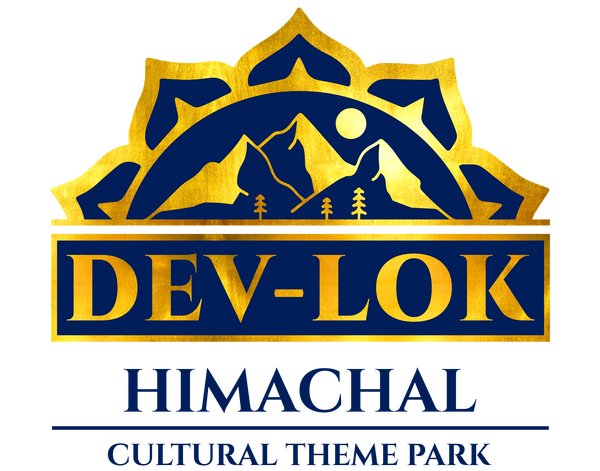“Himachal Pradesh, known as the ‘Land with Snow-laden Mountains,’ is a picturesque mountain state in the western Himalayas of India. Situated between 30°22′N and 33°12′N latitude and 75°47′E ́ and 79°04′E longitude, it is often referred to as ‘DEV-BHOOMI’, meaning the ‘Land of the Gods.’ The region has a rich history, with prehistoric inhabitants, the Kols and Mundas, eventually making way for migrations of Indus Valley people and later, Mongoloid Bhotas and Kirata.
In ancient times, the area comprised small republics known as Janpadas, acknowledging Chandragupta’s and Ashoka’s influence. After the collapse of the Gupta Empire, petty chiefs known as Thakurs and Ranas ruled until the rise of Harsha in the 7th century. The region witnessed Rajput migrations, followed by Muslim invasions and later Gorkha rule.
The British gradually became paramount powers after the Anglo-Gorkha war and conflicts with the Sikhs. Himachal Pradesh played a role in World War I and contributed to the freedom struggle. Post-independence, the integration of princely states led to the formation of the Chief Commissioner’s Province of Himachal Pradesh in 1950, evolving into a Part ‘C’ state in 1956. The state of Bilaspur merged in 1954, and further territorial additions occurred in 1966. Finally, on January 25, 1971, the State of Himachal Pradesh was officially established through the Himachal Pradesh Act passed by Parliament.”
Himachal Pradesh is surrounded by the Zanskar range in the northeast, the great Himalayan range in the east and north (comprising the Dhauladhar and Pir Panjal ranges), and the Shiwalik range in the southern and western parts. The region is crisscrossed by major Himalayan rivers, including the Ravi, Beas, Sutlej, Chenab, and Yamuna, contributing to the Indus and Ganges basins.
The state experiences three main seasons: summer (mid-April to end of June), with temperatures reaching up to 32 degrees Celsius; the rainy season (June to September); and winter (November to mid-March). The climate varies from hot and sub-humid tropical in the southern tracts to cold, glacial, and alpine in the northern and eastern high-elevation mountain regions. The monsoons typically occur between July and September, leading to heavy rainfall in some areas, such as Dharamshala.

Himachal Pradesh boasts rich biodiversity, with approximately 66.52% of its area classified as forested. Lahaul-Spiti, a cold desert region, hosts unique medicinal plants. The state is renowned as the “Fruit bowl of India,” with conducive conditions for fruit cultivation. Orchards adorned with apples, pears, and plums dot the landscape, and wild orchids once flourished, though climate change and human activities have impacted this phenomenon. The state is home to five National Parks, 30 wildlife sanctuaries, and 3 conservation reserves, including the UNESCO World Heritage Site, the Great Himalayan National Park. With 463 bird species, the Jujurana (Tragopan) is the state bird, and the Snow Leopard is the state animal.
Governance in Himachal Pradesh follows a parliamentary system of representative democracy, similar to the rest of the country. The executive leadership, a Council of Ministers led by the Chief Minister (with the Governor as the titular head), oversees the state’s affairs. The state has 68 Members of the Legislative Assembly (MLAs), serving five-year terms. Local panchayats, elected bodies at the village level, govern local affairs.

